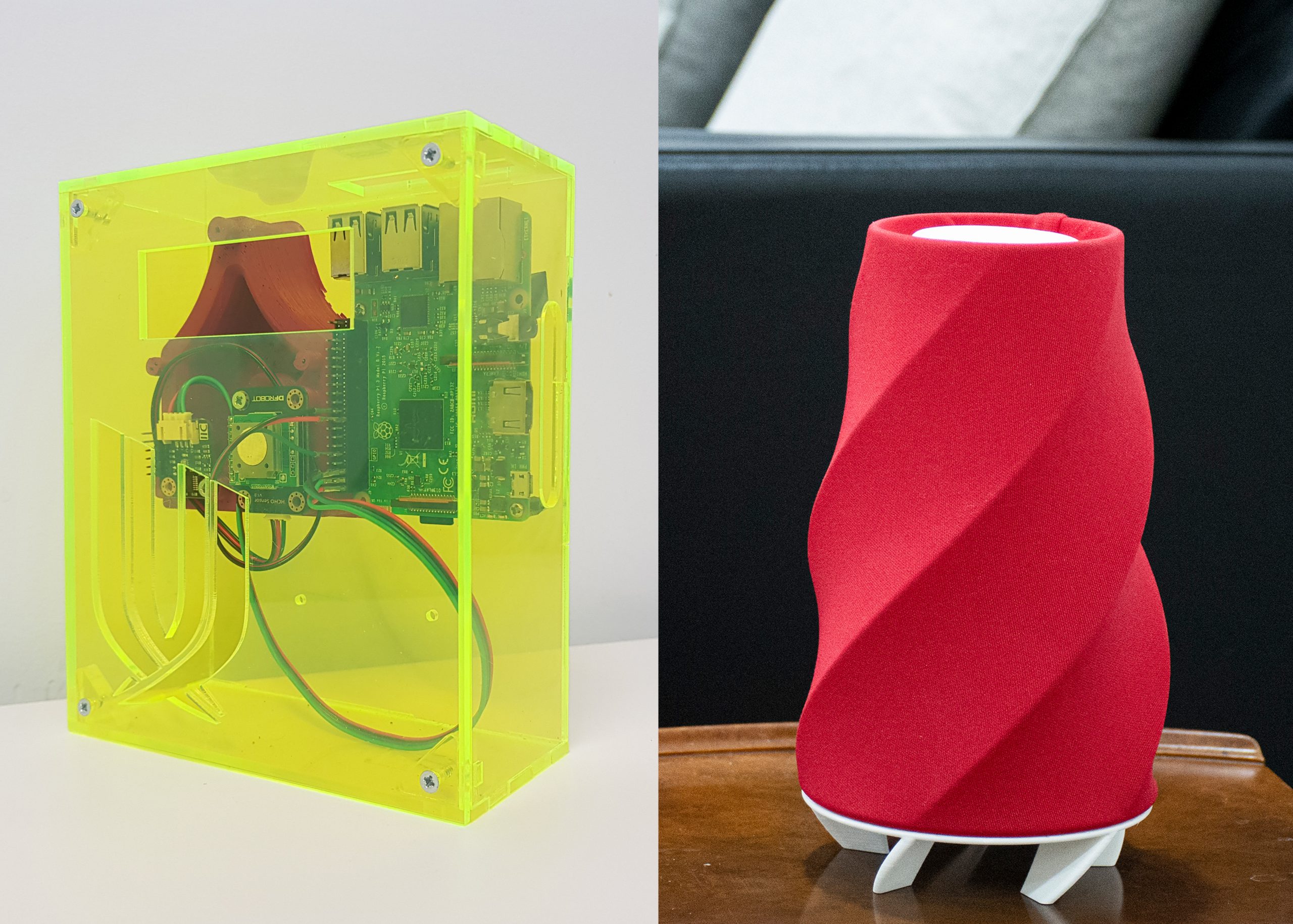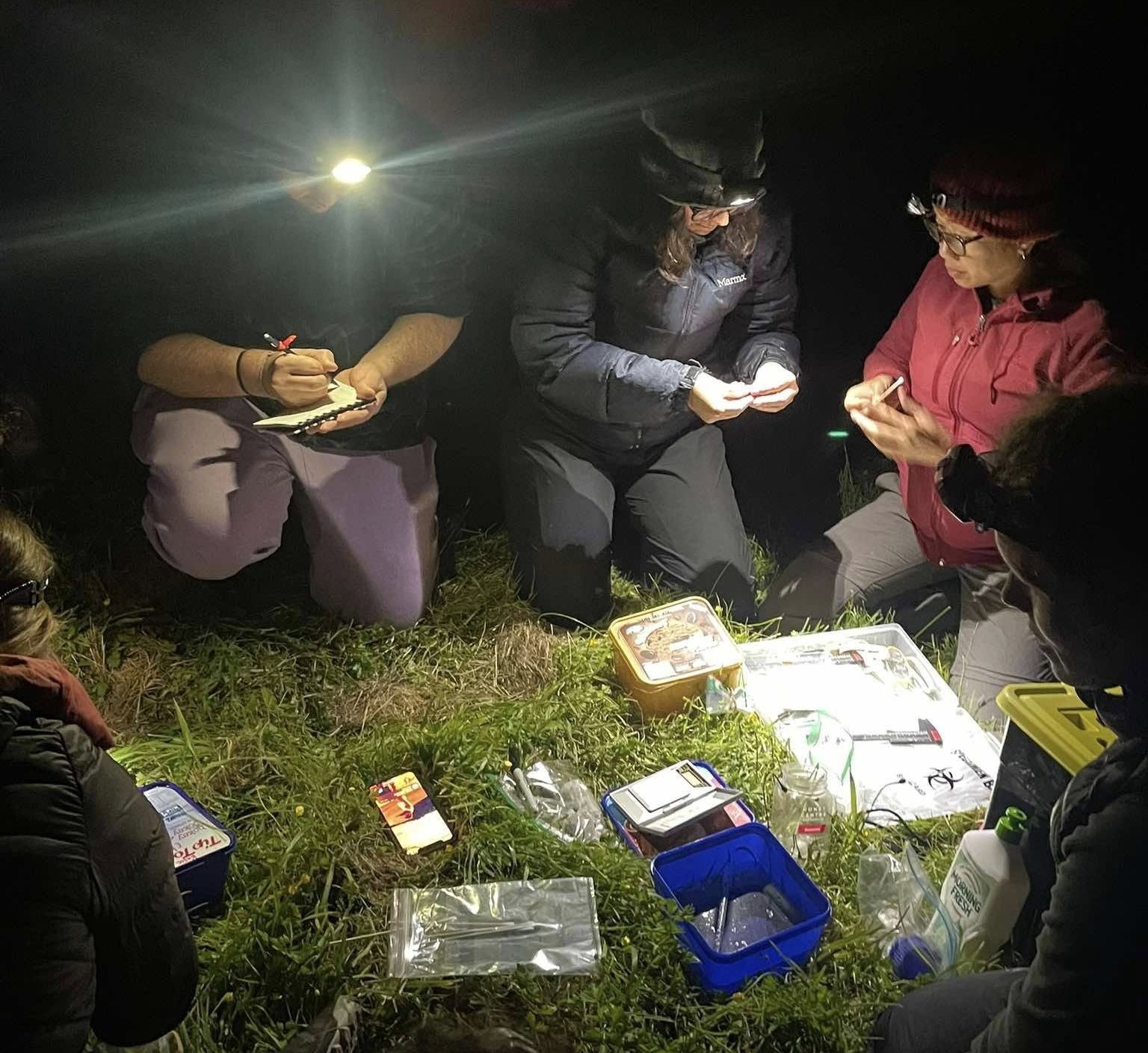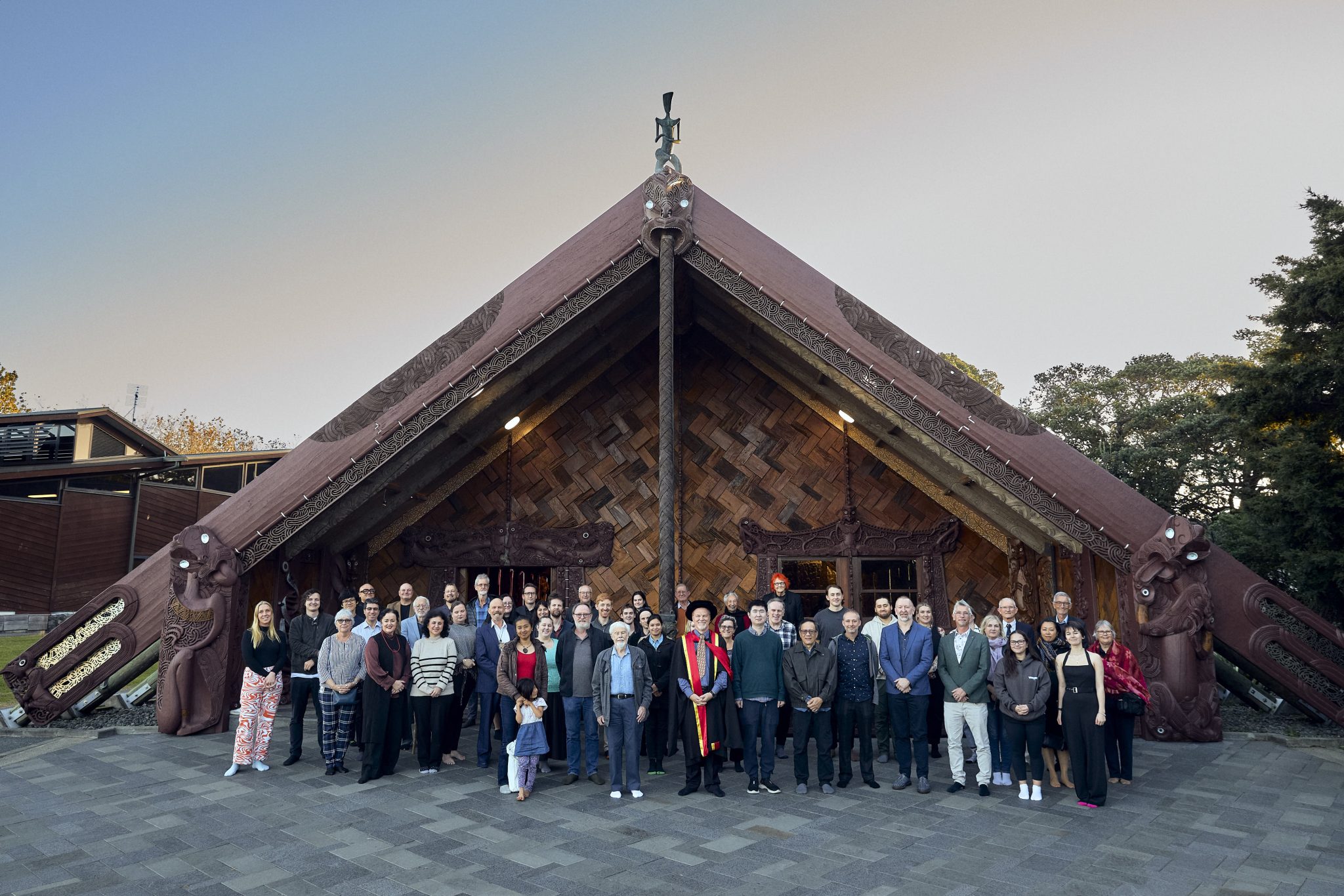Guest post by Yanina Purcell
Understanding and improving indoor air quality (IAQ) within homes is important for the health and wellbeing of residents. Unitec’s Environmental Solutions Research Centre (ESRC), which investigates ideas and concepts under two main themes of waste and pollution, has been addressing IAQ issues with a long-term aim to provide education, support and solutions for New Zealand communities.
The initial goal was to study air quality in New Zealand homes and provide solutions to improve IAQ and health outcomes. The first IAQ project was started in 2015 by Jordan Chiswell, a final-year Bachelor of Engineering Technology student, using timber-framed houses constructed by Unitec’s School of Construction. In 2016, funded by the Building Research Association of New Zealand (BRANZ), the same two houses were used to investigate the effect of mechanical ventilation and occupancy on particulate matter (PM), volatile organic compounds (VOCs), and temperature and relative humidity. From the end of 2016 and throughout 2017, a study was led by ESRC’s Associate Professor Terri-Ann Berry, assisted by ESRC’s Shannon Wallis and three Unitec final-year project students. One house contained a vapour-check membrane, which was designed to prevent timber rot but also reduced the natural ventilation by approximately 25%. Both houses contained a system of mechanical ventilation with heat recovery (MHVR) and were identically furnished.
Using Aeroqual sensors, data on the transport of PM from the external to internal environment by mechanical ventilation and simulated occupancy, and the generation and dispersion of VOCs from new furnishings and room decorations, was collected and analysed. Simulated occupancy provided variations in humidity and its potential effects on air circulation and resuspension of PM; the results showed that this increased PM concentrations by 50 times in some cases.
Working with Unitec’s School of Computing, Electrical and Applied Technology, a smaller, quieter, low-cost IAQ sensor box (Gen 1) was developed, which could be used in an occupied home environment. This passive sensor box tested for PM, VOCs, temperature, humidity and CO2. Two Bachelor of Computing Systems (BCS) students designed and developed an electronic expansion board for a single board computer (SBC). The board included a number of different environmental, dust and gas sensors that were integrated to an embedded application, posting the data on a database in the Cloud in real time. In 2019, together with GJ Gardner and funded by Unitec’s internal High Tech Transdisciplinary Research Network (HTTRN), newly constructed, energy efficient and empty homes on Auckland’s Whangaparaoa Peninsula were used to test the Gen 1 sensor. Energy efficiency can improve the thermal efficiency of a building and is highly desirable, however it is important to consider the effect that more airtight spaces have on IAQ. The results showed that both the indoor temperature and VOC levels of these homes were very high during the summer.
In 2020, ESRC, in collaboration with The University of Auckland (UoA), co-funded by MBIE’s Unlocking Curious Minds scheme and UoA’s internal Faculty Research Development Fund (FRDF), developed the next generation Unitec/ESRC low-cost sensor. The Gen 2 sensor, named the WISP, considered both technical and aesthetic requirements, and was co-ordinated and supervised by Unitec Computing’s Guillermo Ramirez-Prado and Creative Industries’ Cris de Groot. One of the BCS students participated again with a new design of the expansion board, and a group of three BCS students developed a mobile application for this system as their degree Capstone project. The Gen 2 sensor uses a laser sensor to measure PM (giving improved accuracy and precision), has the latest version of Bosch environmental sensors and also measures formaldehyde levels. These new sensor systems are now being used to teach intermediate-school students about IAQ.
Using these Gen 2 sensors, and funded by Cristal Air International Ltd (trading as HRV), ESRC is also currently investigating the variability of IAQ parameters in occupied houses pre- and post-installation of a ventilation system in the Auckland and Hamilton regions. ESRC will evaluate the results to support the notion that effective use of ventilation technologies can reduce moisture loads and IAQ. It may then be possible to relate this improved air quality to living in a healthier environment. Essential to this stage has been the involvement of Associate Professor Helen Gremillion from Unitec’s School of Social Practice, who provided advice on occupant questionnaires and supported ethics approval.
Collaboration with the research team at Unitec’s Applied Molecular Solutions (AMS) research centre – Associate Professor Dan Blanchon, Dr Marleen Baling, Erin Doyle and Tianyi Tang – has provided the opportunity to assess biological contaminants in the home. A collection of samples pre- and post-installation of the ventilation systems is being undertaken and a combination of culture and genetic approaches will be used to identify and quantify mould species.
The aim of future research is to develop reliable and transferable methodologies for monitoring IAQ in New Zealand homes and community or public buildings, and provide practical solutions for designers, builders, facility managers, owners and renters of all building types. The long-term goal is to obtain further external funding to educate, help and support communities whose residents have been identified by Auckland Council as vulnerable members of the population in terms of health outcomes.
Post-project research opportunities include an exploration of the different social, environmental and engineering factors that limit the realisation, and maintenance, of healthy indoor environments.





